Our Work - Wildlife Rehabilitation
At Avon Wildcare, we are dedicated to providing expert care and rehabilitation to injured, sick, and orphaned native animals in the Avon region. Our goal is to give these animals a second chance at life and return them to their natural habitat whenever possible. We work with a diverse range of species, each with unique needs and challenges.
Types of Animals We Work With:
Avon Wildcare assists a variety of native wildlife, including (but not limited to):
- Birds: These include birds of prey (e.g., eagles, hawks, owls), waterbirds (e.g., ducks, swans, herons), parrots, honeyeaters, and other native bird species.
- Mammals: We often care for kangaroos, possums, echidnas, bandicoots and other marsupials and native mammals.
- Reptiles: These include lizards, snakes and turtles.
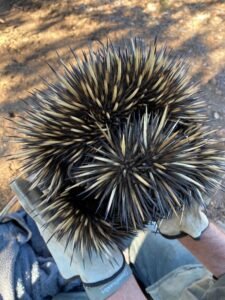
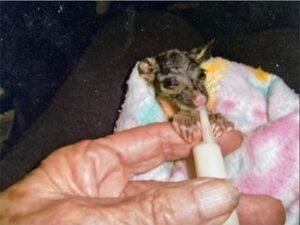
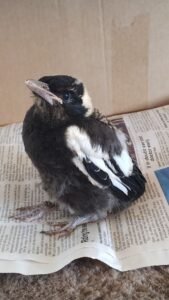
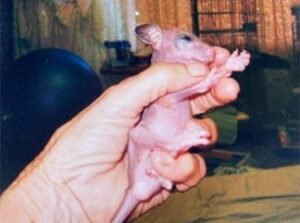
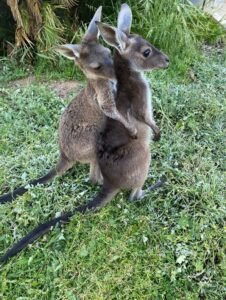
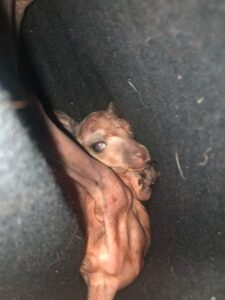
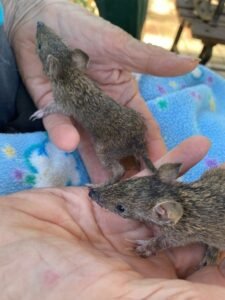
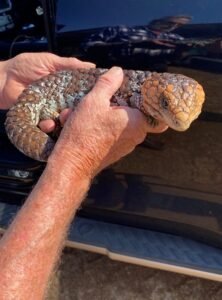
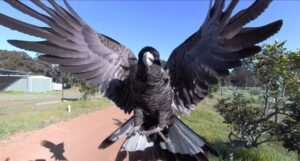
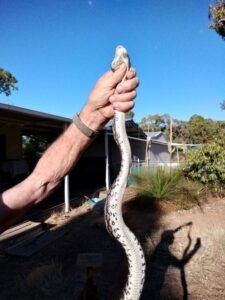
Common Injuries and Illnesses:
The animals we receive often present with a variety of issues, including:
- Injuries from vehicle collisions: Sadly, many animals are injured by cars.
- Predator attacks: Injuries sustained from encounters with domestic animals (cats, dogs) or other wildlife.
- Falls: Young birds falling from nests or animals trapped in trees or buildings.
- Dehydration and malnutrition: Often due to drought, habitat loss, or separation from parents.
- Disease: Various illnesses, some specific to certain species.
- Orphaned young: Animals whose parents have been injured or killed.
The Stages of Rehabilitation:
Our rehabilitation process typically involves several stages:
- Rescue and Initial Assessment: We receive animals from concerned members of the public, wildlife carers, or other organizations. Upon arrival, we conduct a thorough assessment to determine the extent of injuries or illness.
- Veterinary Care: Where unsure or when necessary, we work closely with veterinarians who work with wildlife. This may involve x-rays, surgery, medication, and other treatments.
- Stabilization and Supportive Care: We provide a safe and comfortable environment for the animal to recover. This includes appropriate housing, specialized diets, and supportive care such as wound cleaning, bandaging, and monitoring.
- Pre-Release Conditioning: As the animal recovers, we gradually introduce it to conditions that mimic its natural environment. This might involve larger enclosures, opportunities to practice natural behaviors (e.g., foraging, flying), and interaction with other animals of the same species.
- Release: Once the animal is deemed fit and ready, we carefully select a suitable release site within its natural habitat according to our licensing guidelines. We consider factors such as food availability, shelter, and the presence of other animals of the same species.
The Release Process:
The release process is a momentous occasion, marking the culmination of our rehabilitation efforts. We strive to release animals back into areas where they have the best chance of survival and where they can contribute to the local ecosystem. Whenever possible, we involve the person who initially rescued the animal in the release.
